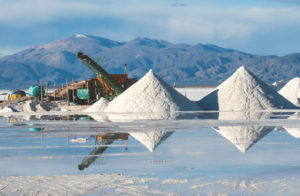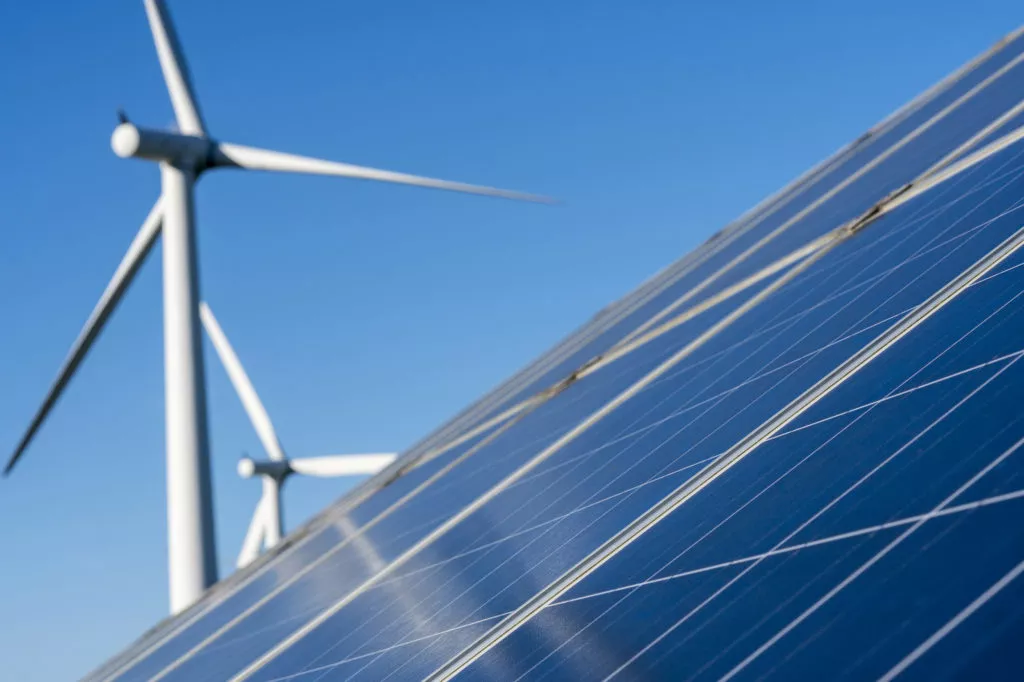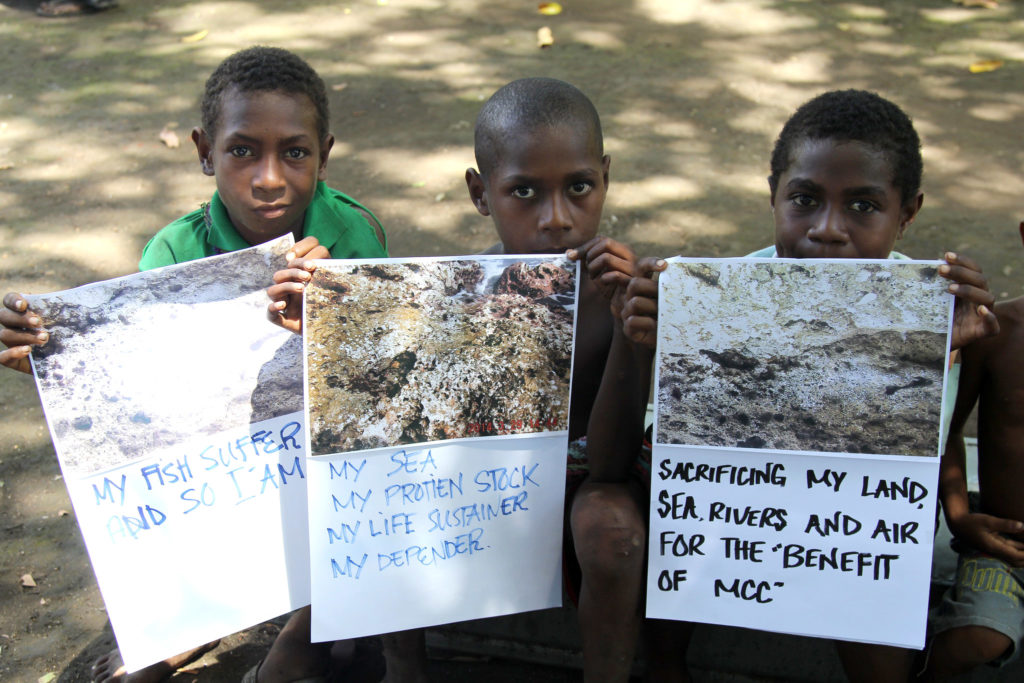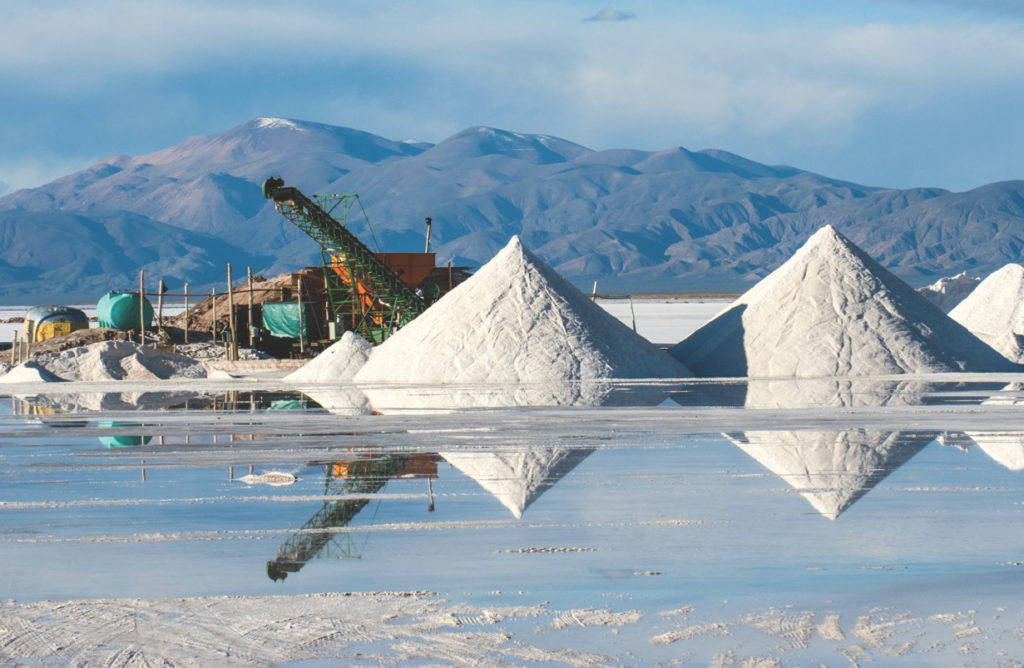Media Contact:
Brendan McLaughlin, Earthworks, bmclaughlin@earthworksaction.org, +1.206.892.8832 | Jane Easton, University of Technology Sydney, Jane.EastonJones@uts.edu.au +61.435.239.369
Today, Earthworks published new research detailing projected minerals demand to build the electric vehicles, solar arrays, wind turbines and other renewable energy infrastructure necessary to meet the ambitious goals of the Paris Climate Agreement and avert the most disastrous impacts of climate change. The research, conducted by the University of Technology Sydney’s Institute for Sustainable Futures (ISF), shows that as demand for these minerals skyrockets, the already significant environmental and human impacts of hardrock mining are likely to rise steeply as well. It shows the need for a broad shift in the clean technologies sector towards more responsible minerals sourcing.
“We have an opportunity, if we act now, to ensure that our emerging clean energy economy is truly clean–as well as just and equitable–and not dependent on dirty mining,” said Payal Sampat, director of Earthworks’ Mining Program. “As we scale up clean energy technologies in pursuit of our necessarily ambitious climate goals, we must protect community health, water, human rights and the environment.”
Research Highlights:
- Under a 100 percent renewable energy scenario, metal requirements could rise dramatically, requiring new primary and recycled sources.
- Clean technologies rely on a variety of minerals, principally cobalt, nickel, lithium, copper, aluminum, silver and rare earths.
- Cobalt, lithium and rare earths are the metals of most concern for increasing clean tech demand and supply risks.
- Batteries for electric vehicles are the most significant driver of accelerated minerals demand.
- Recycled sources can significantly reduce primary demand, but new mining is likely to take place and new mining developments linked to renewable energy are already underway.
- Responsible sourcing is needed when supply cannot be met by recycled sources.
Earthworks commissioned the research as part of its newly-launched “Making Clean Energy Clean, Just & Equitable” project which aims to ensure that the transition to renewable energy is powered by responsibly and equitably sourced minerals, minimizing dependence on new extraction and moving the mining industry toward more responsible practices.
“The responsible materials transition will need to be scaled up just as ambitiously as the 100 percent renewable energy transition,” said Dr. Sven Teske, Research Director at the UTS Institute for Sustainable Futures.
Doing so will require a concerted commitment from businesses and governments to dramatically scale up the use of recycled minerals, use materials more efficiently, require mining operations to adhere to stringent, independent environmental and human rights standards, and prioritize investments in electric-powered public transit.
“The renewable energy transition will only be sustainable if it ensures human rights for the communities where the mining to supply renewable energy and battery technologies takes place,” said Elsa Dominish, Senior Research Consultant at the UTS Institute for Sustainable Futures. “If manufacturers commit to responsible sourcing this will encourage more mines to engage in responsible practices and certification. There is also an urgent need to invest in recycling and reuse schemes to ensure the valuable metals used in these technologies are recovered, so only what is necessary is mined.”
Minerals extraction already exacts significant costs on people and the environment, fueling conflict and human rights violations, massive water pollution and wildlife and forest destruction. Most of the world’s cobalt, used in rechargeable batteries for electric vehicles and phones, is mined in the Democratic Republic of Congo, often by hand in unsafe conditions using child labor. Earlier this year in Brazil, the collapse of two tailings dams at Vale’s Brumadinho iron ore mine killed hundreds of workers and local residents. Independent research that analyzes decades of data on mine waste dam failures reveals that these catastrophic failures are occurring more frequently and are predicted to continue to increase in frequency.
“In Norway, the government tell us we have to sacrifice our fjords to mine copper for clean energy,” said Silje Karine Muotka, a member of the indigenous Sámi Parliament, which is fighting a mine proposal in their traditional reindeer herding grounds. “I recognize that we need materials for new technologies, but we should look for ways to get them that do not harm the environment or threaten native culture.”
“Solar and wind production is growing rapidly, while the cost of clean energy technologies has continued to fall,” said Danny Kennedy, Managing Director at the California Clean Energy Fund. “If the clean tech revolution has taught us anything, it is that humanity possesses boundless capacity for innovation. Our task is to establish the parameters within which innovators can innovate to ensure that clean energy is truly clean.”
For More Information
The UTS-ISF report Responsible Minerals Sourcing for Renewable Energy:





